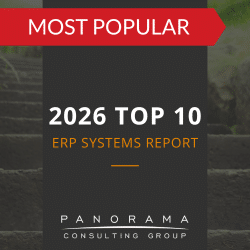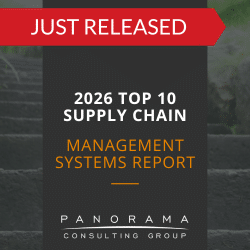Earlier this year, the state of New South Wales (NSW) in Australia announced that it had successfully implemented SAP Business Suite powered by SAP HANA for its emergency service agencies. In 2013, the Fire & Rescue New South Wales (FRNSW) agency reported more than 130,000 emergencies – ranging from fires and natural disasters to industrial accidents and counterterrorism measures – making it one of the largest emergency response agencies in the world. Innovative thinking and a comprehensive implementation plan allowed NSW to improve its service to citizens in very tangible ways.
During the implementation process, FRNSW, NSW State Emergency Service and NSW Rural Fire were brought under one roof and now use a single instance of SAP Business Suite. SAP HANA provides real-time data analysis and modelling that will be used throughout the NSW emergency services network. By bringing these different agencies together, they have been able to streamline and improve organizational processes, and at the same time, more efficiently collaborate across agencies.
As NSW’s population continues to grow, the number and severity of natural and man-made disasters will increase the need for disaster services. SAP HANA coupled with the ‘Project Minder’ system helps FRNSW manage its large firefighting and rescue asset base that includes half a million assets, equipment and vehicles. Project Minder enables NSW to curtail disasters by analyzing real-time data that makes disaster predictions up to a week in advance by recommending resource utilization to address disasters. Using modeling software, FRNSW will be able to put boots on the ground to prevent man-made disasters from occurring. According to Richard Host, CIO of FRNSW, modeling software has revealed that arson tends to occur under a combination of locality, weather and time of year.
So how was Host able to successfully execute a project of this size when so many other government implementations have failed? In 2013, Host reflected on his lessons learned. As he told The Australian, ”One of the biggest challenges is to not do too much too fast . . . We just need to be conscious of how much change the organization can handle.”
His lessons learned proved fruitful, and in early 2014, the project successfully launched. So far, NSW has seen a sharp increase in return on citizenship (ROC), most importantly in the form of injuries prevented and lives saved.
For more lessons learned, register for our webinar this Thursday, How to Spot Warning Signs and Integrate Quality Assurance Into Your Project.
Written by Annalyn Evenstad, Associate General Counsel & Contracting Department at Panorama Consulting Solutions.












